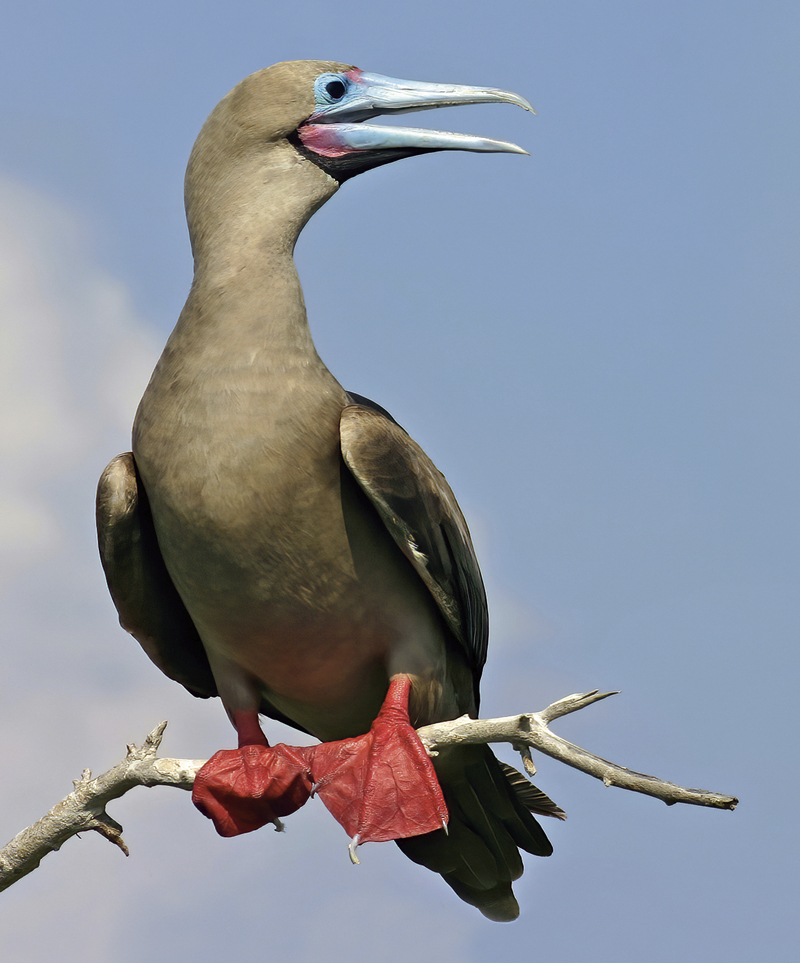
Sharp Photography / Wikimedia Commons
Red-footed booby (Sula sula), one of the species attacked by the virusSharp Photography / Wikimedia CommonsInternational epidemiological surveillance agencies monitoring avian influenza caused by the H5N1 virus have issued various alerts. One came after the virus was detected in samples from birds found dead in the Galápagos archipelago, which comprises dozens of islands and rocky outcrops around a thousand kilometers off the Ecuadorian coast. There is concern over the disease being identified in the region because it is home to a wide diversity of endemic birds. During his trip around the world aboard the HMS Beagle, British naturalist Charles Darwin (1809–1882) observed many of them while exploring four islands in the archipelago between September 15 and October 20, 1835, and his conclusions regarding beak shape variations contributed to the hypotheses on biological diversity that he described in Origin of Species, published in 1859. Galápagos is also a popular tourist destination, raising concerns about transmission to humans. It is suspected that migratory birds that travel long distances are responsible for the contagion. In October, the virus was detected in a wild duck in Mexico. It has not yet been seen on any commercial poultry farms (Science, September 25; Reuters, October 5).
Republish